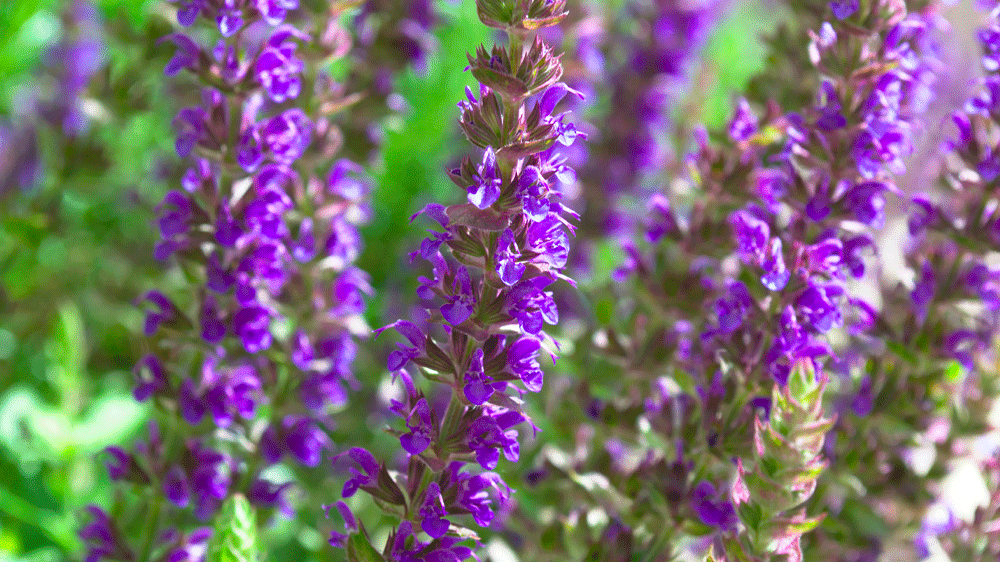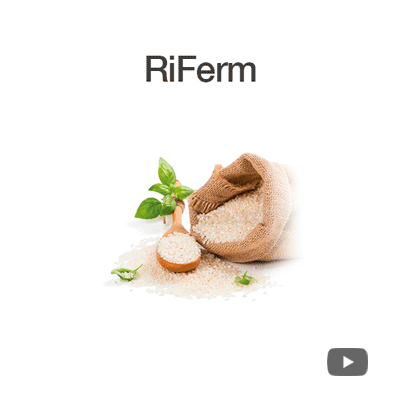Chinese Sage Extract
#chinese sage #anti-oxidant #anti-inflammatory

- INCI Name
- Salvia Miltiorrhiza Root Extract
- IECIC Name
- SALVIA MILTIORRHIZA ROOT EXTRACT
- Efficacy
- Anti-microbial, Anti-aging, Anti-oxidant, Anti-inflammation, Slimming
- Certification
-

Salvia miltiorrhiza, also known as Chinese sage or red sage, is a perennial plant native to China. The dried root has been widely used as a traditional medicine in Korea, Japan, and China to treat various diseases, including hypertension, stroke, and hyperlipidemia, due to its beneficial effects of promoting blood flow and resolution of blood stasis. Many studies have been performed to reveal the pharmaceutical activities and constituents of S. miltiorrhiza for several decades.
Several active constituents of S. miltiorrhiza include salvianolic, lithospheric, rosmarinic acid, and tanshinones. Studies on tanshiones showed many pharmaceutical properties, including anti-inflammatory, anti-bacterial, anti-tumor, anti-platelet aggregation, hepatoprotective, neuroprotective, immunomodulatory, and anti-oxidant activities. More recently, it was reported that the constituents of S. miltiorrhiza have anti-proliferative activity through MAPK and AMPK pathways in 3T3-L1 adipocytes.
- Recommended Product
-
 #3 leaves #anti-microbial #anti-oxidant Natural DO
#3 leaves #anti-microbial #anti-oxidant Natural DOChamaecyparis Obtusa Leaf Extract, Eucalyptus Globulus Leaf Extract, Pinus Densiflora Leaf Extract
-
 #4 green fruits #skin exfoliation #skin barrier Greenth
#4 green fruits #skin exfoliation #skin barrier GreenthCarica Papaya (Papaya) Fruit Extract, Pyrus Malus (Apple) Fruit Extract, Prunus Mume Fruit Extract, Vitis Vinifera (Grape) Fruit Extract
-
 #rice #skin hydration #skin firming RiFerm
#rice #skin hydration #skin firming RiFermSaccharomyces/Rice Ferment Filtrate
-
 #4 TKM plants #hair care #scalp care BotaCair
#4 TKM plants #hair care #scalp care BotaCairSophora Flavescens Root Extract, Scutellaria Baicalensis Root Extract, Coptis Japonica Root Extract, Morus Alba Bark Extract
- Product Inquiry







